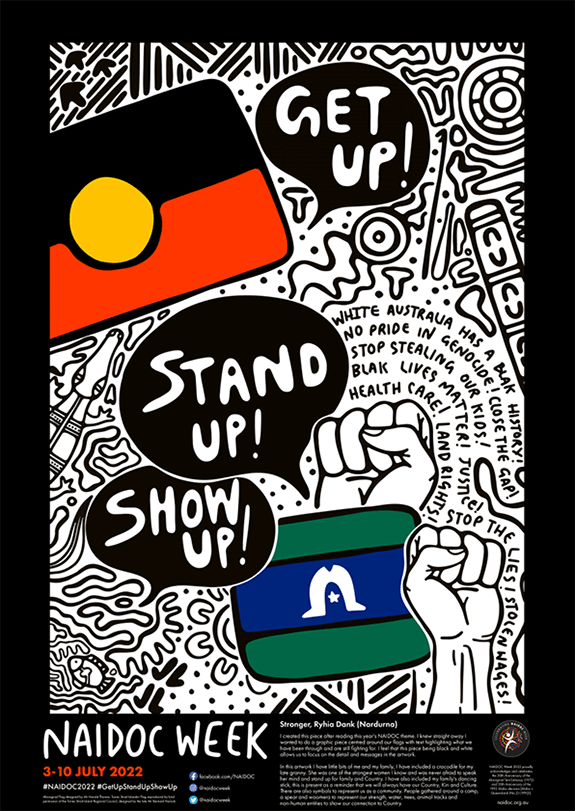
Prayer is a deeply spiritual practice that crosses many religions. People pray for all sorts of reasons – for protection and security from evil, for the healing of a loved one, for rain or for it to stop raining, to connect with one’s god. Even non-religious people pray in times of extreme anguish. People like the slave trader John Newton, who – afraid that he was about to drown during a fierce Atlantic storm – cried out to God to save him – promising to turn his whole life around. Newton survived the storm, gave up slave trading and became a Minister and hymn writer, whose best known hymn is the classic Amazing grace.
In this week’s gospel reading from Luke, the disciples observe Jesus at prayer and ask him to teach them how to pray. As faithful Jews they would have prayed at least three times every day, so the request is more about how to pray like Jesus. The prayer Jesus teaches them – known to us as the Lord’s Prayer – is short and memorable, less than 60 words, which one can recite from memory in under a minute.
Why then do we so often find prayer difficult? Perhaps it’s because we have a transactional view of God – that if we do this (e.g. pray) then God will do that (e.g. grant our requests). This seems to miss the point of prayer which is about building relationship and trust. We don’t pray to try and twist God’s arm to give us what we want, but rather so that we will be changed through the practice of prayer and will come to understand more of God’s character and God’s perspective on the world. We also tend to fill our prayer times with our words and find it much harder to be still and to listen to what God may be saying to us.
A disciple is a learner – and when it comes to prayer we are all learners. There is no one right way to pray or right place to pray – just read through the book of Psalms, which is the Bible’s prayer book. If you struggle with prayer this is a good place to start. If we listen to Jesus we will learn that prayer can be very simple, but whose daily practice helps connect us with God.


